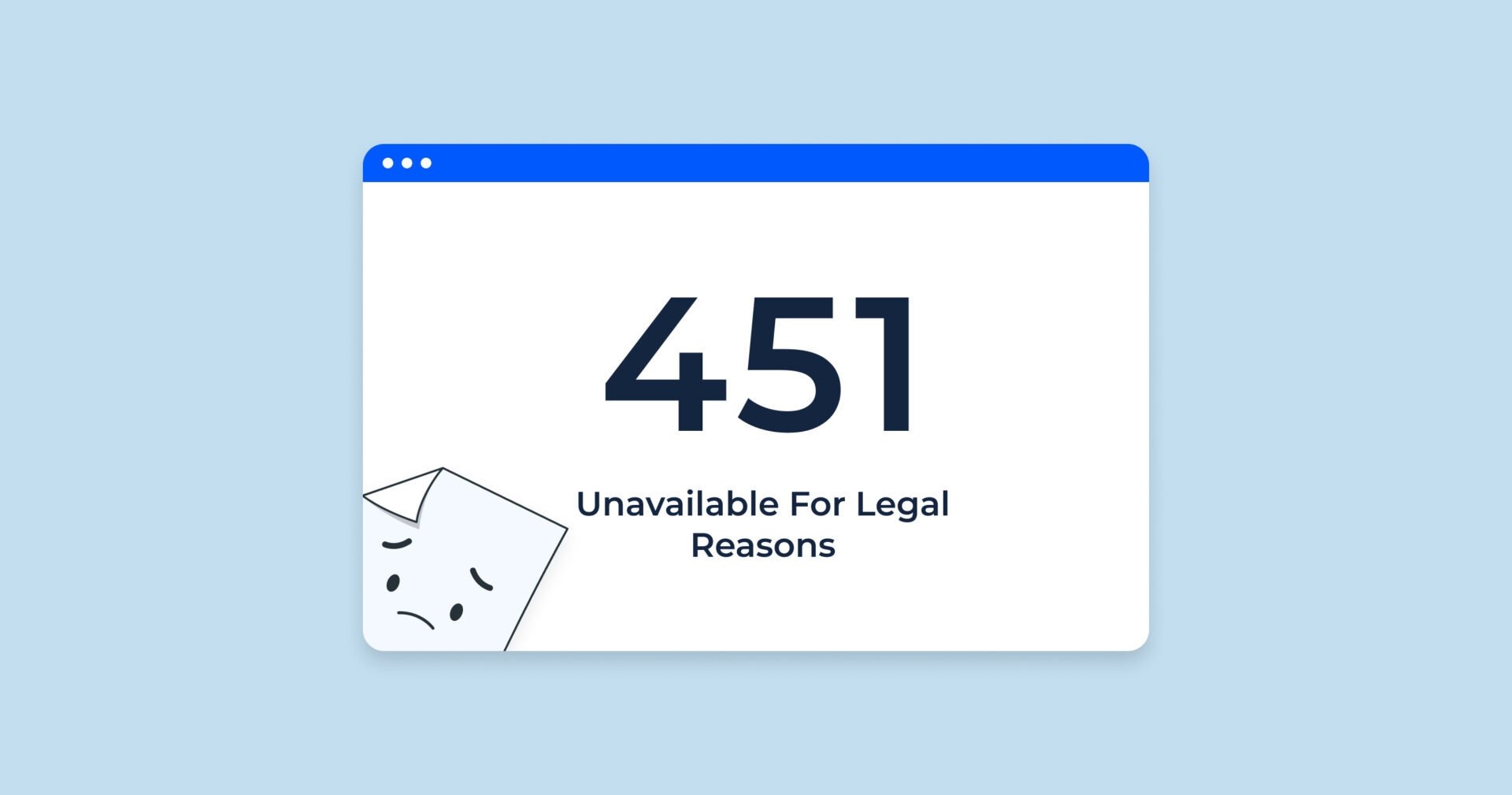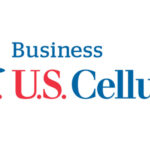The 451 area code is currently an unassigned and invalid telephone area code within the North American Numbering Plan (NANP). This means no city, state, province, or territory in the United States, Canada, or the Caribbean is assigned this prefix for its phone numbers.
If you have been searching for the location of the 451 area code, it’s important to understand its status. This article will explain why this code is not in use and provide crucial advice on what to do if you see it on your caller ID.

What is the Official Status of the 451 Area Code?
As of September 2025, the 451 area code is not in service. The North American Numbering Plan Administration, the authority that governs phone numbers, holds many three-digit codes in reserve for future use or deems them invalid. The 451 code falls into this unassigned category.
Because no telephone company is authorized to issue numbers with this prefix, there are no legitimate phone numbers that can begin with 451.
Why Can’t I Find a City or State for Area Code 451?
The reason you cannot find a location associated with the 451 area code is straightforward: no geographic region has been assigned this code. Unlike active area codes, such as 312 for Chicago or 415 for San Francisco, the 451 code is simply a placeholder in the vast numbering system that has not yet been activated for public use.
Any search for a “451 area code location” will be unsuccessful because no such place is connected to it in the telecommunications network.
What to Do If You Receive a Call from a 451 Number
Since the 451 area code is inactive, any call that appears to come from a 451 number is, by definition, fraudulent. Scammers use a technology called “caller ID spoofing” to falsify the number that appears on your phone. They can make it look like they are calling from anywhere, including from an invalid area code like 451.
If you see an incoming call from a 451 number, you can be 100% certain it is a scam attempt.
Follow these essential security steps:
- Do not answer the call. There is no legitimate person or business that can contact you from this number.
- Never call the number back. Doing so can confirm to scammers that your phone number is active, leading to more unwanted calls.
- Never provide personal information, such as your Social Security number, bank account details, or passwords.
- Block the number immediately to prevent them from trying to call you again from that specific spoofed number.
- Report the call to the appropriate authorities, such as the Federal Trade Commission (FTC) in the U.S., to help combat these fraudulent operations.
Frequently Asked Questions
Is the 451 area code in any US state?
No. The 451 area code is not assigned to any state, territory, or province in the United States, Canada, or any other country that is part of the North American Numbering Plan.
Can I get a 451 phone number?
No. Because the area code is invalid and not in service, telecommunication providers cannot issue phone numbers that begin with the 451 prefix.
Why would a scammer use an invalid area code?
Scammers may use an unassigned area code to bypass some call-blocking apps, to create a sense of curiosity or confusion that might entice a person to answer, or as part of a randomized number generation system for their robocalls.
Are other area codes also unassigned?
Yes, the NANP holds numerous codes in reserve for future relief in densely populated areas. There are many three-digit combinations that are not currently active.
Conclusion
In summary, the 451 area code is invalid, unassigned, and does not correspond to any real location. No legitimate calls can originate from this number. Therefore, any call you receive from a phone number with a 451 prefix is a spoofed call and a definite scam attempt. The only safe course of action is to ignore the call, block the number, and never share any of your personal information.


